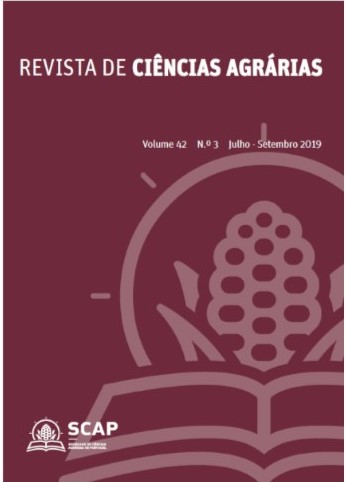Vigor e viabilidade explicam a maturidade fisiológica de sementes sensíveis a desidratação de Campomanesia adamantium?
DOI:
https://doi.org/10.19084/rca.18075Abstract
The objective of this study was to identify the period in which the seeds reach the maximum physiological potential. The cycle of the plants was followed and in the anthesis the branches were marked. After 52, 55, 57, 64, 70 and 75 days after the anthesis the fruits were collected, pulped and the seeds submitted to germination test, first germination count and germination speed index at two temperatures, 25 and 30 °C. The experiments were in a completely randomized design with four replicates and a factorial scheme 6 x 2 (periods after anthesis and temperatures). The germination was affected only for the fruits collected at 75 days after the anthesis, this was also observed for the first count when the live seeds were evaluated. Evaluating normal seedlings on the date of the first count, fruits collected after 70 days of the anthesis already showed inferior behavior. The temperature of 25 °C favored the expression of vitality.The seeds of C. adamantium show a marked drop in viability and vigor from 75 and 70 days after anthesis, respectively. Aiming at high physiological quality of the seeds, these should be collected from fruits between 52 and 70 days after the anthesis.


